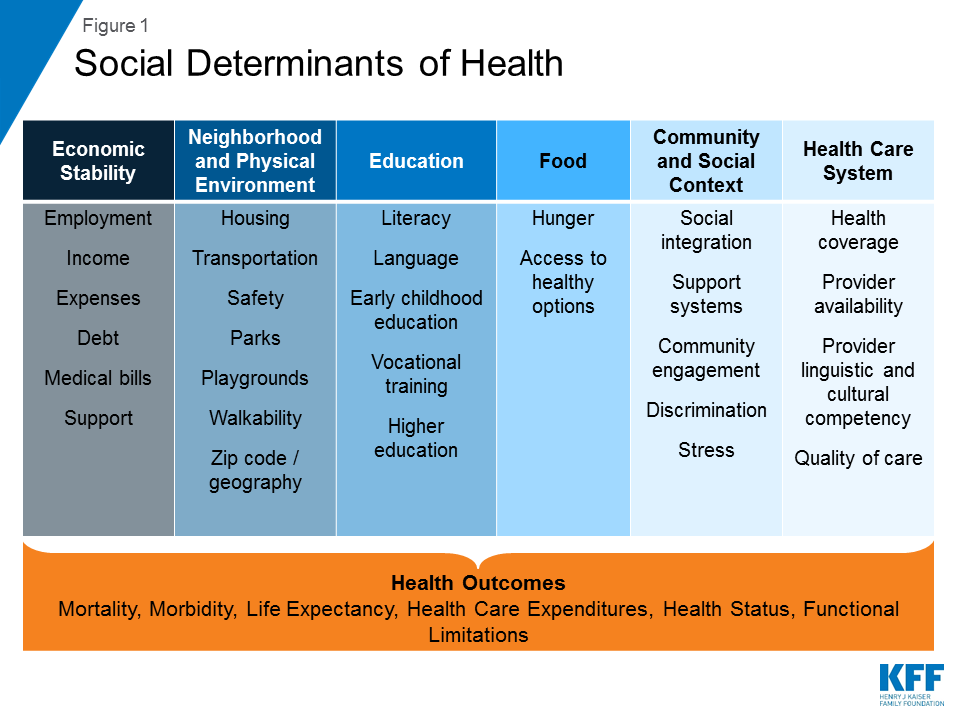Physicians may prescribe buprenorphine if they obtain a waiver, but relatively few family physicians do so. This paper from the Rural and Underserved Health Research Center examines the association between practice characteristics and the likelihood that a family physician will prescribe buprenorphine, based on a survey of physicians seeking board certification in family medicine. Read more here.
Rural-Urban Differences In Severe Maternal Morbidity and Mortality
In the U.S., severe maternal morbidity and mortality (SMMM) is climbing—a reality that is especially challenging for rural communities, which face declining access to obstetric services. Using data for 2007-15 from the National Inpatient Sample, the University of Minnesota Rural Health Research Center analyzed SMMM during childbirth hospitalizations among rural and urban residents. Read more here.
HRSA National Sample Survey of Registered Nurses
In collaboration with the U.S Census Bureau, the National Center for Health Workforce Analysis provides a comprehensive view of the nurse workforce with data on demographics, educational attainment, licenses and certifications, and employment characteristics in all U.S. states. The survey is the work of the Bureau of Health Workforce at the Health Resources and Services Administration (HRSA). Read more here.
Monitoring the Future Survey Results Released
The 2019 Monitoring the Future Survey results were released in December 2019. Tracking annual drug use and attitudes among 8th, 10th, and 12th grade students, the survey noted encouraging trends such as prescription opioid misuse among teens continuing to decline and cigarette use down by approx. 20-30 percent compared to the mid- 1990’s. However, survey results show a continued dramatic increase in vaping. Learn more and view the infographics here.
Pennsylvania State Health Assessment Updates Published
The State Health Assessment (SHA), originally published in 2013, reports on the health status of the population in Pennsylvania including factors that contribute to health issues, specific populations most impacted, and resources that can be mobilized to address population health improvement. During the past year, three sections were updated to show current health indicators and identifying trends that affect public health. The new sections, along with an updated introduction, can be found at the SHA web page.
The 2019 updates are:
Data Update: Affordable Care Act Impact in Pennsylvania
Updates from the Health Care Services section of the Pennsylvania Department of Health’s State Health Assessment (SHA) include information on health insurance coverage in the state. The Patient Protection and Affordable Care Act was signed into law on March 23, 2010. Expanded Medicaid took effect in Pennsylvania on January 1, 2015.

According to the Pennsylvania Behavioral Risk Factor Surveillance System survey results, the percentage of Pennsylvania residents reporting no health care coverage has decreased significantly since the act’s passage. Currently, nine percent of Pennsylvanians between 18 and 64 years old are uninsured. The highest rates of uninsured are among residents age 18 to 29, those with a high school education or less, those with family incomes below $25,000 annually, and black and Hispanic residents. Regionally, the highest rates of uninsured are in the northeast in Susquehanna, Wayne, Pike and Monroe counites; southcentral in Fulton, Franklin and Adams counties; and Philadelphia.
Medicare Dental Benefit Will Improve Health and Reduce Health Care Costs
Medicare reform to improve oral health for all is at the heart of a blog written by Diane Oaks and the DentaQuest Partnership’s Executive Director of Grants Strategy Mike Monopoli, DMD, MPH, MS, which was named as second in The Five Most-Read GrantWatch Blog Posts Of 2019 by Health Affairs.
Kaiser Family Foundation: Five Key Questions and Answers to Address Disparities in Health and Health Care
The Kaiser Family Foundation has developed a set of questions and answers to address key health and health care disparities. Click here to access the Executive Summary.

New Report Explores Preventing Dental Caries in Children
The U.S. Preventive Services Task Force posted a final research plan on screening and interventions to prevent dental caries in children younger than 5 years. The draft research plan was posted for public comment in September. The Task Force reviewed all of the comments and took them into consideration. Read more here.
The United States Prosperity Index 2019
This resource assesses the economic, institutional, and social aspects of prosperity across the United States over the past decade. It features state-by-state breakdown of prosperity increases and decreases, and it examines 11 pillars of prosperity, made up of 48 different elements, measured by over 200 state-level indicators. It includes rural broadband access information for some states. Learn more here.
